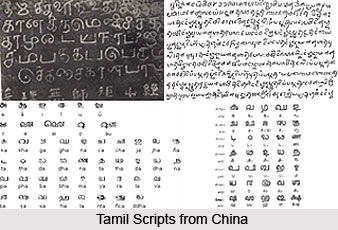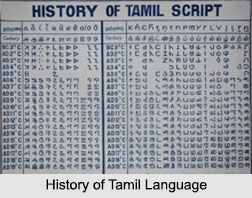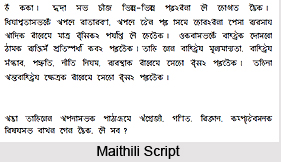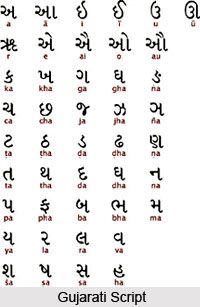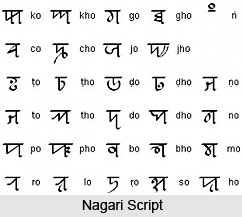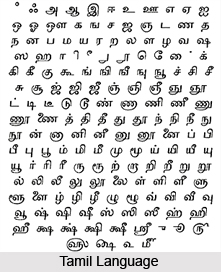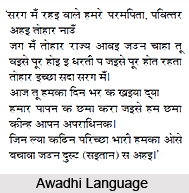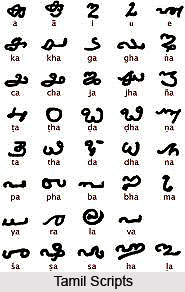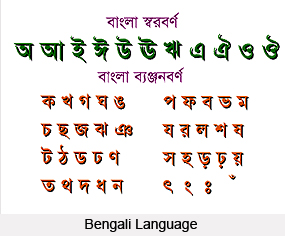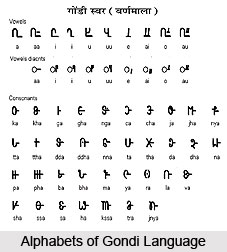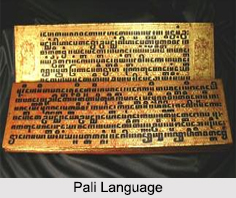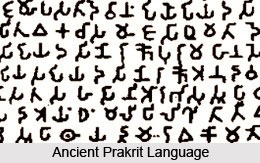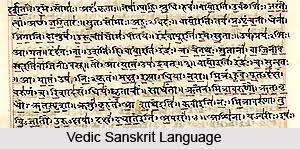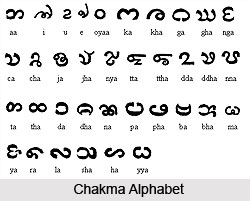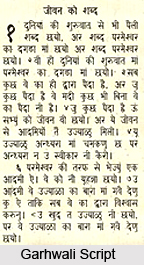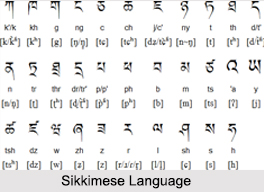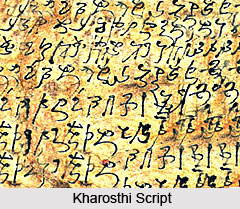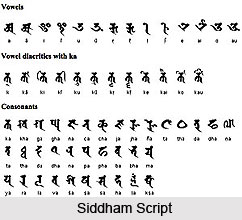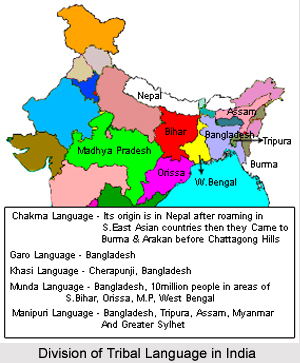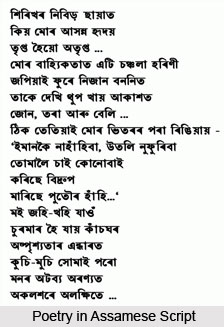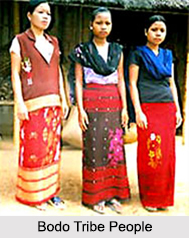 Bodo language is one of the most popular Indian tribal languages. This language belongs to the Tibeto-Burman language family, which is a sub-group of the Sino-Tibetan language group. It is mostly spoken by the Bodo people residing in the north-eastern region of India and also by the people of the neighbouring country that is Nepal.
Bodo language is one of the most popular Indian tribal languages. This language belongs to the Tibeto-Burman language family, which is a sub-group of the Sino-Tibetan language group. It is mostly spoken by the Bodo people residing in the north-eastern region of India and also by the people of the neighbouring country that is Nepal.
Status of Bodo Language
Bodo language has got the status of one of the official languages of the state of Assam and also that of the official language of the Bodoland Autonomous region. It is one of the 22 scheduled languages of the country that are given special constitutional status.
History of Bodo Language
Bodo language is closely associated with the Dimasa language of the state of Assam and with the Garo language of the state of Meghalaya. Further, this tribal language is closely connected with Kokborok language that is chiefly spoken in the state of Tripura. Since 1963, this language has been written using the Devanagari script. It was initially written using Assamese and Latin script. Some researchers suggest that the Bodo language used to have its own script known as Deodhai.
Origin of the Bodo Language
This popular North-east Indian language has no particular record towards its origin. However, it is said that a peak point in Bodo language is a socio-political movement that was initiated by some local Bodo organizations since 1913. After this language movement, in the year 1963 Bodo language was finally introduced in the primary schools of the Bodo dominated areas as an instruction medium. Presently, this tribal language is the official medium of instruction in several educational institutions up to 10+2 level. Moreover, Bodo language has been included as a part of a post graduate programme in the University of Guwahati. This language of the Tibeto-Burman language family strongly boasts of rich literature. Numerous books of drama, short stories, poetry, novels, biography, children`s literature, travelogue, etc. have been written in this language. The language has been affected by other communities, particularly the Assamese, in and around Udalguri. However, it can still be heard in the pure form, in the Kokrajhar district and nearby places.
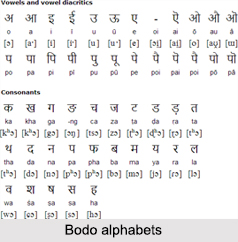 Bodo Script Movement
Bodo Script Movement
With the Assamese Language movement in Assam at its peak in the 1960s, the Bodo community decided to not use the Assamese script. In 1970 the Bodo Sahitya Sabha unanimously decided to adopt Latin script for the Bodo language in its 11th annual conference. The BSS submitted this demand to the Assam Government in 1971. The demand was however rejected on the grounds that the Latin script was of foreign origin. This built grounds for a movement for the Latin script which became a part of the movement for a separate state, Udayachal. Then the Bodo leaders were advised by Prime Minister Indira Gandhi to choose any Indian script in place of Latin. To defy the Assam Government, in April 1974 the BSS published Bithorai- a Bodo textbook, in Latin script and asked teachers to follow it.
Retaliating against this, the Assam Government withheld grants to schools that were using the Latin script. This triggered an active movement that was joined by the All Bodo Students` Union (ABSU). In November 1974, fifteen volunteers of the movement died in a police firing, and many others were injured. Unable to resolve the problem, the Assam Government referred the matter to the Union Government. The Union Government suggested Devanagari script as the solution to the issue, which the BSS accepted in the Memorandum of Understanding in April 1975. This ended the Bodo Script Movement.
Acceptance of Devanagari script
The Devanagari script for Bodo was not immediately accepted by the wider Bodo community. The BSS could not implement the use of the Devanagari script, and writers continued to use the Assamese/ Bengali and Latin scripts. In 1982, ABSU included the demand of the Latin script in Bodo schools. After an expert committee report constituted by BSS, the Bodoland Autonomous Council adopted a resolution to use Latin script in its territory. The Assam Government too accepted this. However, in the discussion with the Bodo Liberation Tigers, the Union Government demanded the implementation of the agreement with the BSS on the use of the Devanagari script if the Bodo language was to be included in the Eighth Schedule of the Indian Constitution. After this, the ABSU and the BSS agreed to use the Devanagari script, and the matter was finally settled.
Dialects of Bodo Language
The dialects of Bodo can be divided into three main groups:
1. The Western Bodo dialect
2. The Eastern Bodo dialect
3. The Southern Bodo dialect
The Western Bodo dialects are spoken in the districts of Kokrajhar and Bongaigaon. The Eastern Bodo dialects are mainly spoken in the districts of Barpeta, Nalbari and Kamrup and Darrang. The Western Bodo dialect has become the standard dialect. It has also developed a written form.
Besides Deodhai Script, the Bodo Language also has a history of using Roman script. There is a huge difference in the usage of the letters in Bodo language than the Devanagari script. Bodo language shares some common salient features with the other languages belonging to the Bodo group. The features are similar in terms of phonology, morphology, syntax and vocabulary. This language has been affected by other languages of other communities, especially the Bengali language. But in Udalguri district and Kokrajhar, Bodo language is still heard in the pure form. The Assam Sahitya Sabha, Eastern India`s literary body is taking revolutionary efforts for preserving and popularizing the literature in Bodo language. The language is now spoken in Assam, Alipurduar, Cooch Behar, Jalpaiguri and parts of West Bengal, where it is known as Mech.
